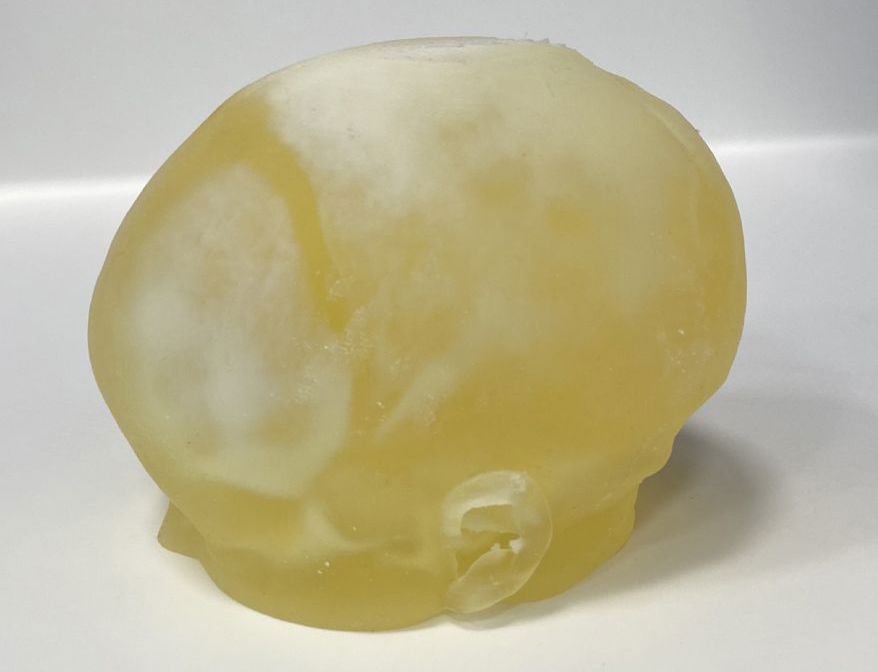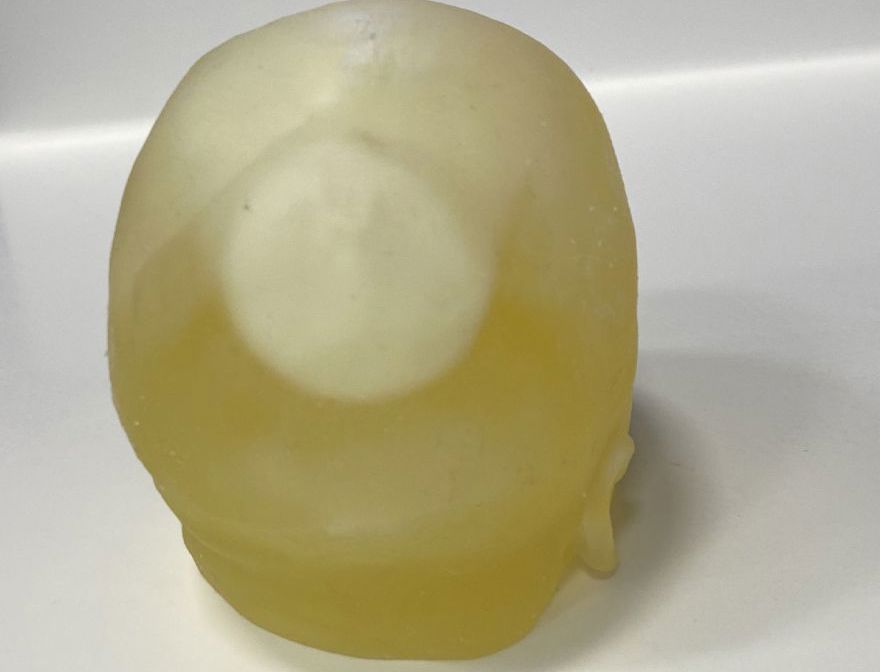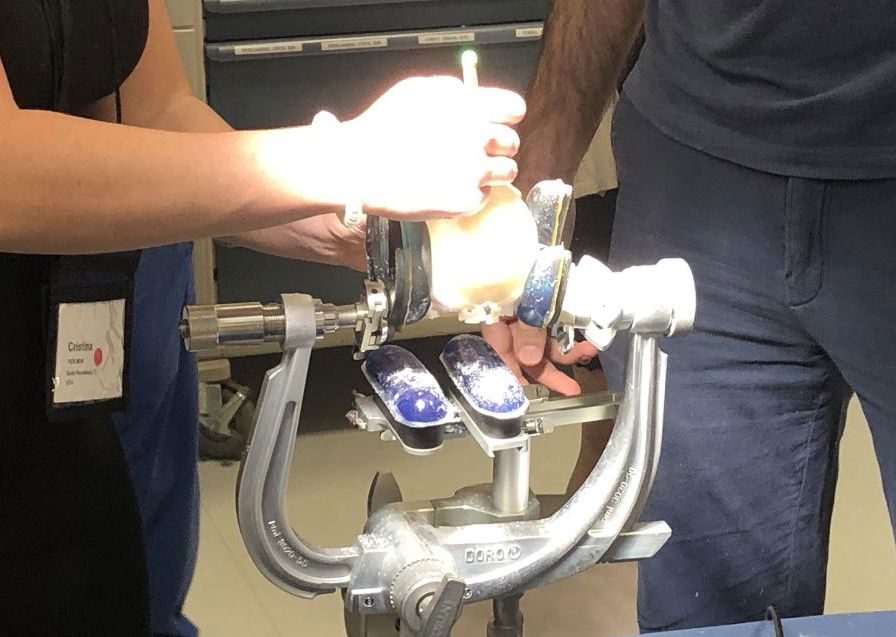To achieve that goal the hospital acquired a Stratasys J750™ Digital Anatomy™ 3D printer to augment its simulation center. The printer, combined with the Digital Anatomy software, is able to create incredibly realistic anatomical models. To achieve this level of realism, the Digital Anatomy printer makes use of several special materials designed to mimic human bone and tissue: BoneMatrix™, GelMatrix™ and TissueMatrix™. The software leverages these materials to enable over 100 sophisticated anatomical presets to produce models that demonstrate clinically validated realism in both feel and biomechanical performance.
This kind of training can be a boon for doctors training for complex and delicate procedures like spinal fusion. The simulation team stresses that looking at pictures or videos doesn’t have the same impact as a realistic simulation. “You have to know your site locations, where you can drill and where you cannot. It’s the physical landmarks that you’re getting used to. That’s the benefit of printing these models, so you can really practice your landmarks.”
The medical director of the Center for Medical Simulation and Innovative Education reinforces that impact for special cases they see at their children’s hospital. “In pediatrics, there’s always a higher level of complexity. Kids are born with very rare, unique, individualized diagnoses and complications, and 3D printing is kind of perfect for that,” she says. “Now with this printer, because it does soft and hard materials, I can make skin and soft tissue and bones, and I can potentially create a trainer so that our fellows don’t have to perform the procedure for the first time on a tiny 500 gram (17 ounce) baby.”
“Because 3D printing provides a view and a tactile experience, especially with this printer having the soft and hard materials, the opportunities seem endless to me because (doctors) can operate before they operate,” she says. “Decreasing complications and identifying a better way is going to have so many trickle-down effects; it’s going to decrease surgical time, it’s going to decrease morbidity and mortality and help us decrease anesthesia time, which is better for brain development,” she adds.
The team also points out that because of the simulation center’s educational expertise, they’ve
had the opportunity to grow their capability to train staff. Combined with the ability to print out multiple molds and training models for staff to practice with, the program has been easily adopted. “Because we have the combination of educational expertise on how you might use the print in an educational setting, plus now the ability to print out the trainers, I think that’s been a big win for us and I think that’s what’s given us the most value and ROI.”


